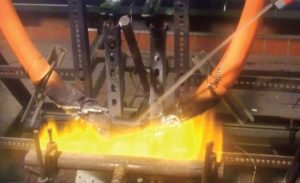
Manufacturers risk losing out on trade opportunities with Europe without appropriate CE marking for their cable products, says BRE Global, a UK leader in fire, security and environmental testing and certification of construction products.
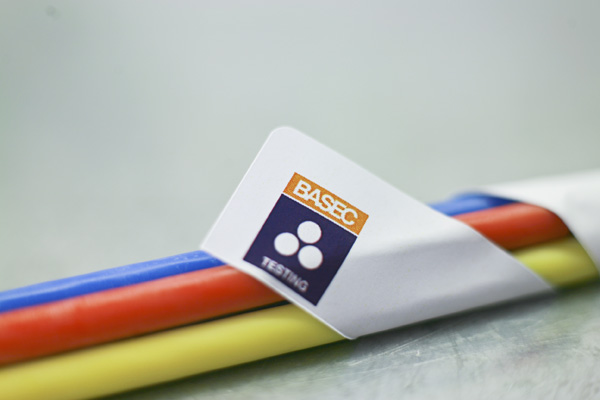
With the terms LSF and LSHF often interchanged due to the misconception that they are acronyms for the same thing, the ACI is telling contractors and installers to be cautious of cable labelled or described as LSF as this does not mean “halogen-free”.
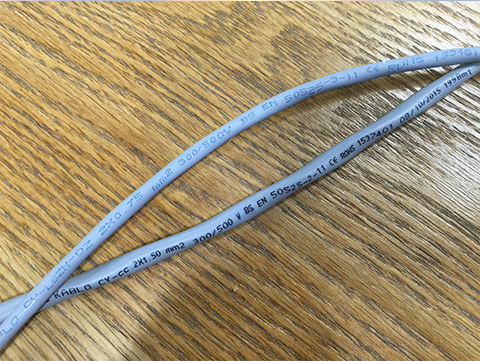
The Approved Cables Initiative (ACI) has issued a warning concerning cables which are being offered for use and in some instances installed in fixed wiring applications in the UK that don’t comply with standards they claim to meet.
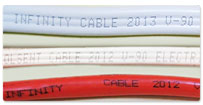
Ali asks this question, which concerns a genset’s main circuit breaker that trips too easily at more than 30kW loading. It has been answered by Schneider Electric (Theme – Distribution Equipment):
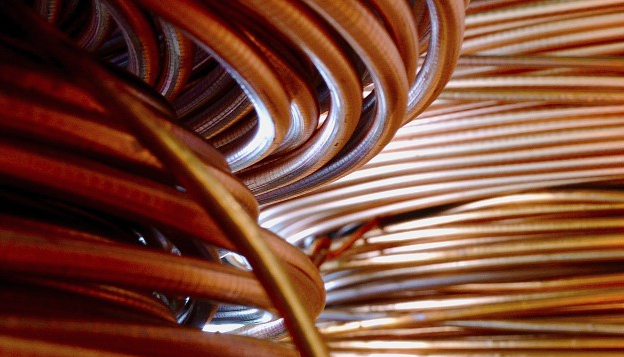
Does it Comply contacted Peter Smeeth of the Approved Cables Initiative (ACI) to ask him how purchasers and installers can avoid substandard cables
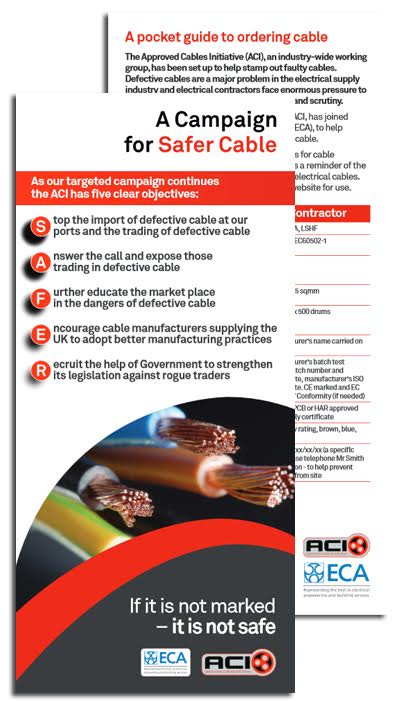

The British Approvals Service for Cables (BASEC) has issued an industry-wide warning to cable buyers to check the harmonised codes on 6491B single core conduit wire, to ensure it is fit for purpose and conforms to the requirements of the IET Wiring Regulations BS 7671. BASEC is aware of instances in the market where two different cables are both being marketed as ‘6491B’, when they are very different.

There are worries as to why UK dangerous product reports have fallen behind other EU countries, as the Approved Cables Initiative (ACI) reports.
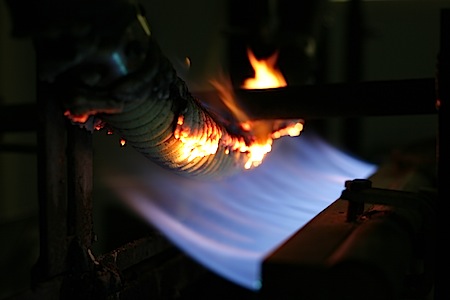
The Construction Product Regulation (CPR) for cables is coming. This will be a mandatory requirement for cable placed on the market in the EU where it is to be used in the construction market.
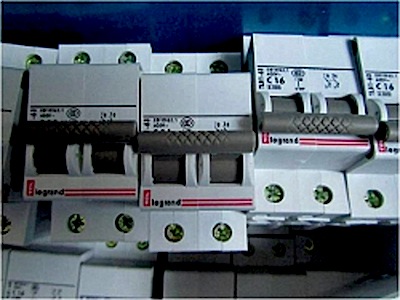
Electrical Safety First, the consumer safety charity, is concerned that the Government’s proposed Scotland Bill, which will devolve further powers to the Scottish Parliament, has forgotten consumer protection.
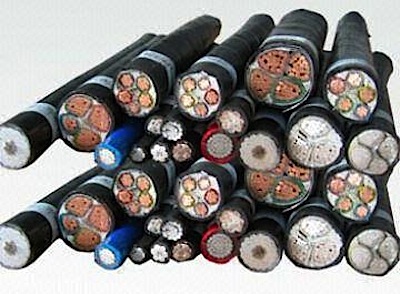
Electric cable is very clearly a very mature technology, especially at the domestic low voltage end of the spectrum, but this doesn’t mean that developments aren’t taking place. Technologically speaking, most of the spectacular developments are happening with high voltage cables, especially superconducting cables for HV power transmission of the type that Nexans is very much involved with.
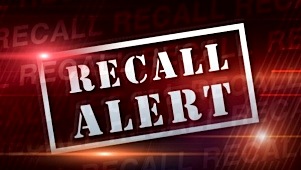
The Approved Cables Initiative (ACI) has been questioning the prevalence (or otherwise) of faulty electrical products in the UK construction sector. To see this and other ACI articles concerning sub-standard and possibly dangerous cables, as well as Part P compliance, please use the links below.
2013-2025 © Doesitcomply UK. ALL Rights Reserved. Privacy Policy | Terms of Service